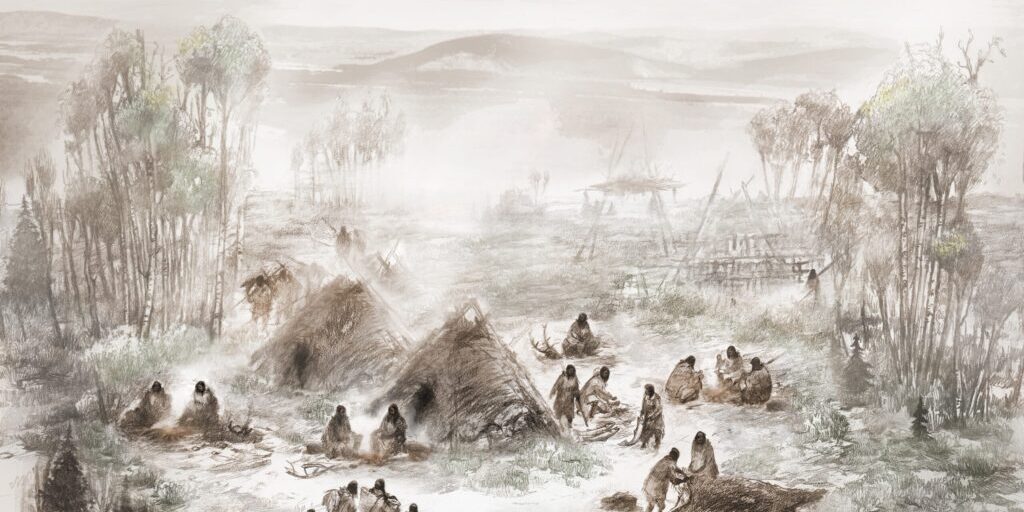New archaeological evidence from a dig site in the Interior has revealed a previously unknown population of ancient people in North America.
Genetic analysis of DNA from the remains of a six-month-old infant indicate that a single founding ancestral Native American group split from East Asians about 35,000 years ago. Then, around 20,000 years ago, that group split again, between what the researchers are calling the “Ancient Beringians,” and the ancestors of all other Native Americans.
The infant was found at the Upward River Sun site in the Tanana River Valley by a group based at the University of Alaska–Fairbanks.
The lead researcher, Ben Potter, says, “It would be difficult to overstate the importance of this newly revealed people to our understanding of how ancient populations came to inhabit the Americas.”
He says surprisingly, the genetic material from the infant didn’t match any other known ancient population. That suggests the Ancient Beringians stayed in the Far North for thousands of years while other Native American peoples spread south. Then, likely around 6,000 years ago, Athabascan ancestors returned to the north, absorbing or replacing the Ancient Beringians.
Image at top: An artist’s rendering of the Upward Sun River camp at the time of the “Ancient Beringians” (Photo: University of Alaska–Fairbanks, used with permission.)






